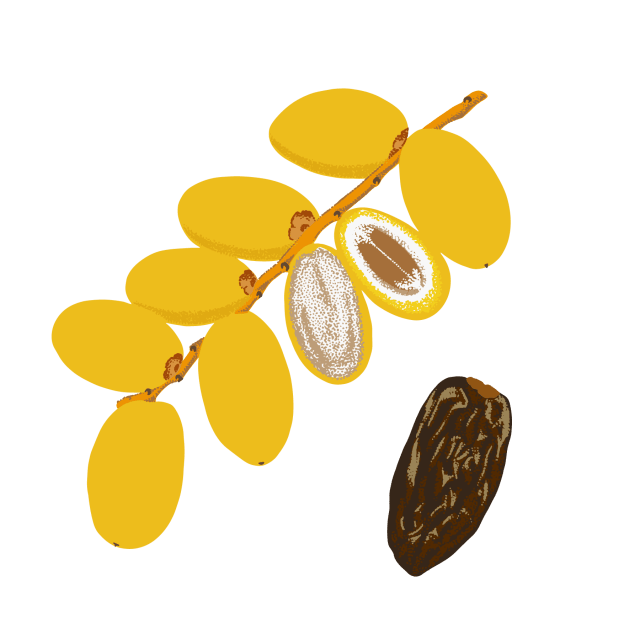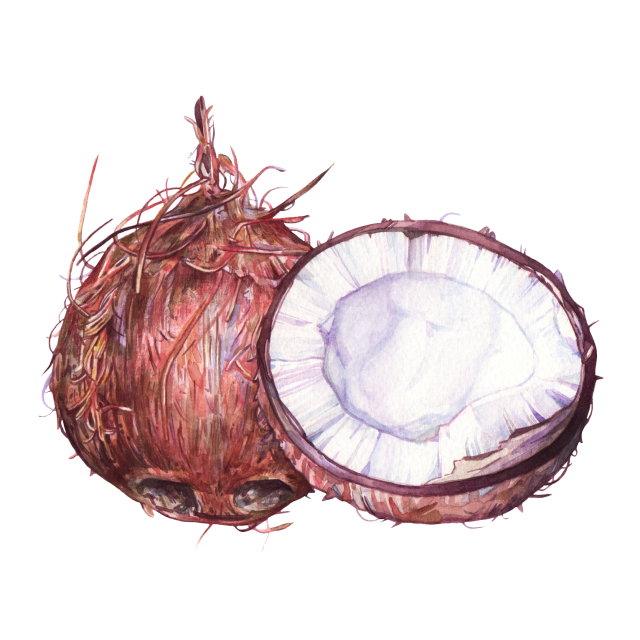Açaí

Latin Name: Euterpe oleracea
Other Names: açaí berry
Uses: fruit, nutritional supplement, oil (cosmetics)
What Is Açaí?
Açaí is the 1-inch round fruit of the açaí palm, a palm tree in the same plant family as coconut, dates, and sago (Arecaceae). The hearts of açaí palm are also edible like any other hearts of palm, but açaí has the added talent of producing an edible fruit that’s been a staple food for indigenous Amazonians for centuries.
Why Is Açaí Healthy?
Like blueberries and blackberries, açaí is rich in anthocyanins, which give the fruit its dark blue-purple color. The antioxidant content of acai berries is almost three times that of blueberries so a little goes a long way! The fruit is high in fiber, calcium, iron and it's one of the few fruits that is high in heart-healthy monounsaturated fats. Claims that açaí can be taken for rapid weight loss have not been substantiated by scientific research. Other studies have shown promising results of acai lowering cholesterol levels and better cognitive functions due to its high content on anthocyanins.
What Does Açaí Taste Like?
Açaí has a rich and earthy flavor that’s like a cross between blackberries and bittersweet chocolate, with a slightly waxy, gritty texture that can be smoothed out through by blending with other ingredients.
How Do I Prepare Açaí?
People usually blend frozen or powdered açaí into a thick puree or smoothie with yogurt and/or other fruit, and you’ve probably seen açaí “bowls” on breakfast menus. You can add açaí powder to anything that you want to turn purple.
What Does Açaí Pair Well With?
Açaí usually gets lumped in with other “healthy” foods for breakfast, and for good reason —açaí ’s dark-chocolatey/blackberry flavor makes it a nice match with other fruits like banana, berries, and mango, and it’s nice with nutty, toasty foods like coconut, granola, hemp seeds, and pumpkin seeds. Açaí ’s is also pleasant in a latte, where the steamed milk and bitter espresso both highlight the fruit’s earthy flavor.
Where Does Açaí Grow?
Açaí primarily grows in the rainforests of western Brazil, in damp soils in floodplains and streambanks. The fruits are harvested at two different times of the year — between January and July and again in the fall (the fall crop is more productive).
How Do I Buy Açaí?
Look for açaí in health food stores and better-stocked mainstream markets, where it will be sold in either the freezer aisle as a pulp or in powdered form, typically shelved with nutritional supplements.
Surprising Açaí Fact
To the indigenous people of northern Brazil and surrounding regions, açaí has been a staple food for centuries. To harvest the fruit near the tops of the açaí palms, villagers climb heights of up to 150 feet using only a palm frond looped around their feet for support. Boys and girls as young as seven- or eight-years old take part in the harvest. Because of the cultural importance of açaí as not only a food but a relatively new commodity, indigenous groups have begun partnering with conservationists to improve harvests while avoiding adding ecological pressure to the rainforests where açaí grows.

